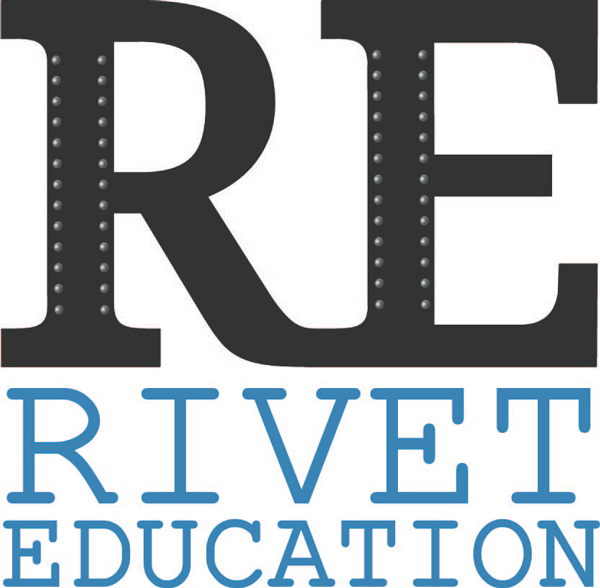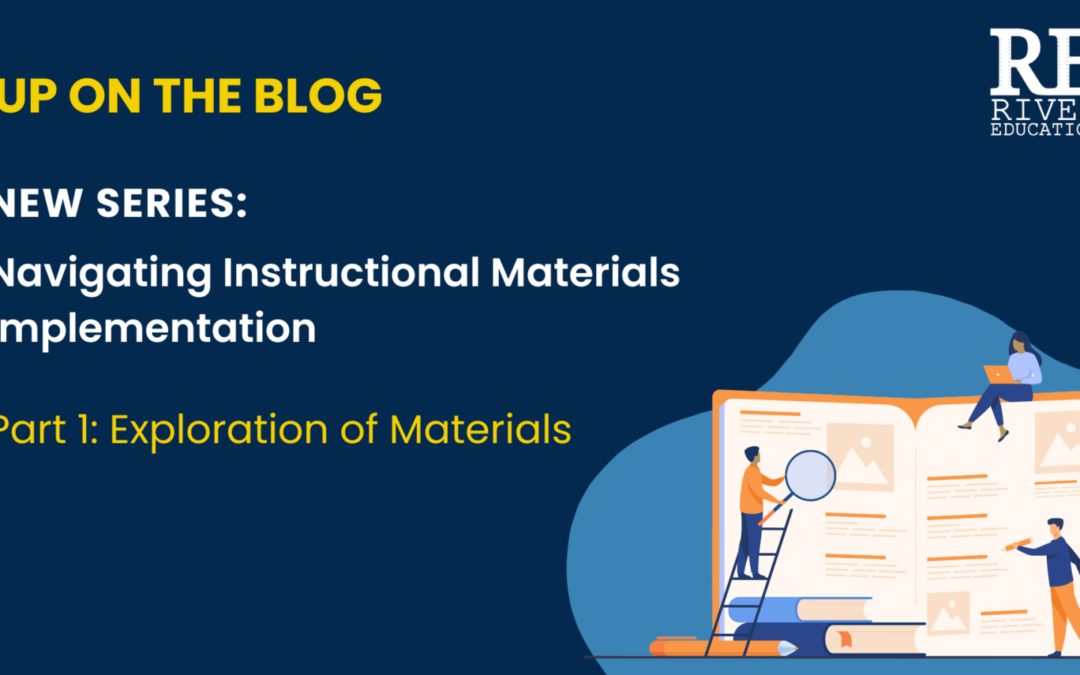We often hear the phrase, “If you give teachers high-quality instructional materials, then student outcomes will improve.” As Coach Lee Corso would say, “Not so fast, my friend!” This myth of simply handing teachers a box that contains their HQIM, hoping it will lead to an increase in student learning and teacher performance, is a serious but common misconception. In reality, implementing HQIM skillfully requires strategic planning, along with a sustained effort from educators at all system levels.
Implementation science suggests that people often move through predictable stages when enacting a new program (such as a new curriculum) over multiple years. While every district is unique, the stages of the journey are the same.

This blog is the first in our series on navigating the stages of the HQIM implementation journey. For each phase, we will explore the steps of each level in the K-12 system (district leaders, school leaders, teachers), ensuring they maximize the full benefits of their HQIM. First is the “Exploration” phase, which is the process of reviewing and selecting high-quality instructional materials with stakeholders.
Exploration of Materials
Curriculum adoption can sometimes strike panic in educators and administrators district-wide. This single decision creates a domino effect across the system, impacting everything from planning and teaching, to school schedules and ultimately, affects how well students master grade-level content each year. It’s important to get this first step in the HQIM implementation journey correct; what you select and how you select them matters.
Adopting a new curriculum is a complex process with many steps and stakeholders to consider. Let’s take a look at some guidelines on how to maximize this process to ensure the effective adoption of HQIM.
1. PLAN THE EXPLORATION AND ADOPTION PROCESS
The first step in the exploration stage is to create an adoption committee that is inclusive of a diverse group of stakeholders, including educators, administrators, and parents. In addition to selecting the new curriculum, this committee will serve as the ambassadors, building support and investment for the new materials within the district and their schools. During this stage, district leaders will also create and communicate the adoption plan.
The goal of this step is to ensure that each stakeholder group that will be impacted by the new HQIM has a voice in its selection and clearly understands the process.
Key Steps:
- Identify the adoption committee leader
- Determine how final decisions will be made
- Map the timeline and roadmap of the adoption process
- Form the adoption committee
- Organize the next steps and communicate the plan
2. ESTABLISH A VISION
In the second stage of exploration, district leaders establish a clear instructional vision based on the context and the priorities of the district. District leaders then share the vision with the adoption committee and train them on how the subject-specific standards and key shifts are present in HQIM.
The goal of this step is to ground everyone in the characteristics of HQIM and prepare them to select a curriculum that will achieve their instructional vision.
KEY STEPS:
- Set a vision for effective and equitable instruction
- Train the adoption team on the standards and shifts, and establish a clear vision and common language
- Articulate and reinforce the vision and core beliefs
3. PREPARE FOR REVIEWS
In the next stage of exploration, the selection team creates a rubric that will be used to review instructional materials, and then uses it to train the review committee.
The goal of this stage is to ensure that everyone on the committee is properly trained on the review rubric and feels adequately prepared to review instructional materials.
Key Steps:
- Solicit stakeholder input
- Develop the rubric
- Identify the instructional materials to review
- Train the adoption committee on the rubric and review process
4. REVIEW AND SELECT MATERIALS
In this final phase, the review committee reviews materials alongside the rubric to select their final curriculum, or which materials they would like to pilot before making a final decision.
The goal of this final stage is to select the best curriculum for both the teachers and students, which leads to the achievement of the district’s instructional vision.
Key steps:
- Conduct the reviews and gather feedback
- Make the final selection
- Communicate the decision and rationale
SUMMARY
The adoption process can be tedious, but the investment in time and energy will reap many rewards when the right curriculum for your district is chosen. Here is a quick recap of how to run an effective adoption process:
- Start with a vision for effective and equitable instruction.
- Make sure the educators who will be responsible for using these materials are at the selection table.
- Make sure to provide the review committee with the professional learning tools they need to select the best curriculum for your district.
- And lastly, don’t rush the process.
Even with these helpful tips, this process can seem overwhelming. Here are some additional ways in which you can build your knowledge of the adoption process:
- Register for Rivet Education’s Professional Learning Power Hour on September 21, where we will sit down with EdReports to explore their process for running a successful adoption process with one of their district clients.
- Visit the Professional Learning Partner Guide to view our list of certified adoption providers who can help manage the process for you. Each of these providers has been vetted by Rivet Education and has expertise in helping you to select the best, ELA, math, or science curriculum for your district.
Want to build your knowledge of the other stages of HQIM implementation? Make sure to stay tuned to our News & Events page for our upcoming blogs and PL Power Hour this fall and winter, where we will explore the remaining four stages in the journey.

